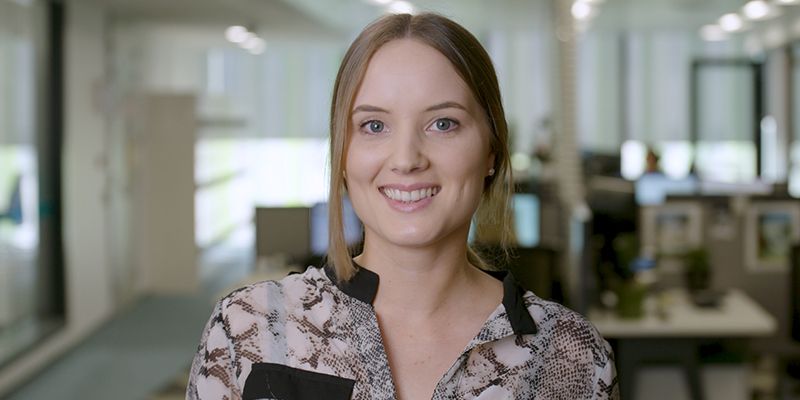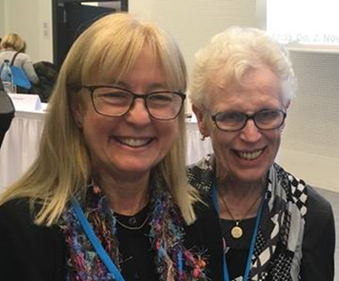Search
Research
Randomised Controlled Trial of a Therapeutic Playgroup for Children with Developmental DelaysA single-blind randomised control trial investigated the effectiveness of the Learn, Engage and Play (LEaP) playgroup. Seventy-one children with developmental delay were randomly allocated to an 8-week LEaP playgroup or control group and followed up at 12 and 28 weeks.
Research
The Neurological Hand Deformity Classification: Construct validity, test-retest, and inter-rater reliabilityThe Neurological Hand Deformity Classification (NHDC) is an impairment-based tool that classifies hand deformity into one of two ordinal scales: flexion or extension deformities. Classification is made from live observation or from recorded video footage. Differentiation between the levels is determined by wrist position and wrist and finger movement.

News & Events
Churchill Fellow will seek ways to better support young people with neurodisabilityThe Kids Research Institute Australia researcher Hayley Passmore will use a prestigious Churchill Fellowship to investigate better ways to support young people in detention who are affected by neurodisability.

News & Events
The Kids researchers who helped identify rare disorder now poised to help the hunt for treatmentTwo The Kids Research Institute Australia researchers recognised for their role in building a global database for CDKL5 deficiency disorder are now helping to set the scene for clinical trials of much-needed potential treatments.
Research
Online Health Literacy Resources for People With Intellectual Disability: A Grey Literature Scoping ReviewPeople with intellectual disability experience higher rates of physical and mental health problems than those without intellectual disability. Health literacy includes accessing, understanding, appraising and applying health information. Improving health literacy is associated with better health outcomes. The internet is a primary source of health information for many people. This study aimed to evaluate available online health resources for people with intellectual disability and their families to understand information gaps.
Research
Intrafamilial Maltreatment of People with Intellectual Disability: A Scoping ReviewPeople with intellectual disability experience a greater risk of maltreatment than people without intellectual disability. Maltreatment by family members presents additional risks, including greater possibilities for concealment. This scoping reviewResults were summarized in both narrative and tabular formats summarizes extant knowledge about the familial maltreatment of people with intellectual disability and identifies gaps in the literature.
Research
The Spectrum and Burden of COVID-19-Associated Neurologic Disease in Australian Children 2020-2023We aimed to describe the clinical spectrum and burden of COVID-19-associated neurologic disease in Australian children.
Research
Understanding the impact of developmental coordination disorder on Belgian children and families: A national survey studyDevelopmental Coordination Disorder (DCD) is an under-recognized and often trivialized neurodevelopmental condition impacting five to six percent of children. This study aimed to map the impact of DCD on children and their families in Belgium.
Research
Participation and quality of life among Australian children with developmental coordination disorderChildren with Developmental Coordination Disorder (DCD) experience difficulty in the acquisition and performance of movement skills, threatening participation and quality of life. Environmental influences on participation and quality of life were investigated in children with DCD and their neurotypical peers.
Research
Novel approaches to measuring cognition in individuals with severe to profound functional impairment: A pilot study in SCN2A-related disorderValid clinical outcome assessments with the ability to capture meaningful aspects of neurodevelopment for individuals with neurogenetic conditions associated with profound functional impairments are lacking, yet critical for clinical care and clinical trial readiness.
